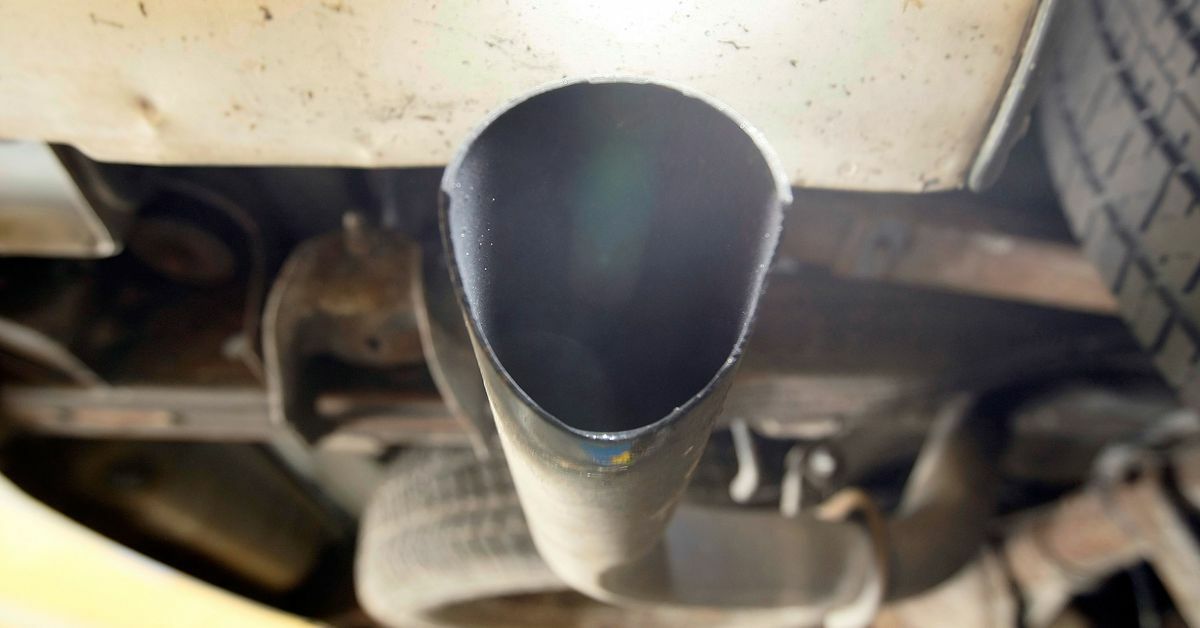US Secretary of Transportation Pete Buttigieg today unveiled stricter fuel economy standards that he said would save Americans money at the pump, help reduce carbon emissions and combat climate change.
“When these standards go into effect, Americans buying a new vehicle will spend less on gas than they would have if we hadn’t taken that step,” Buttigieg said at a Friday news conference in Washington, DC. “We estimate that today’s rule will prevent 5.5 trillion pounds of carbon dioxide from entering our atmosphere by 2050.”
By 2026, the average new vehicle in the U.S. will travel 49 miles per gasoline gallon (mpg) under revised Corporate Average Fuel Economy standards, Buttigieg said. The new standards will increase fuel efficiency by 8 percent annually for the 2024-2025 model year and by 10 percent annually for the 2026 model year. They will also increase the estimated fleetwide average by almost 10 miles per gallon for the 2026 model year compared to the 2021 model year.
“Americans buying a new vehicle will spend less on gas than they would have if we hadn’t taken that step”
“So if you fill up four times a month, that would become three times a month by the 2026 model year based on those averages,” Buttigieg said. “And of course that would save a typical American household hundreds of dollars.”
The new standards, first unveiled last year, are part of a larger effort by President Joe Biden to reverse the rules introduced by Donald Trump and return to the Obama-era fuel economy standards of nearly a decade ago.
Last August, the National Highway Traffic Safety Administration proposed new standards that would increase fuel efficiency by 8 percent annually for vehicle model years 2024-2026 and increase the estimated fleetwide average by 12 miles per gallon for the 2026 model year compared to the 2021 model year. Under the new rules, car owners are estimated to save $140 billion in fuel savings for new vehicles sold through 2030 and $470 billion by mid-century.
The Environmental Protection Agency, in a series of parallel rules, said passenger cars would need to achieve an average mileage of 55 miles per gallon of gasoline (mpg) by 2026 — slightly above Obama’s target of 54-mpg but a significant increase over the 38-mpg introduced by Trump -Rule. The EPA estimates that the new standard will prevent the release of 3.1 billion tons of carbon dioxide by 2050 and save car owners $420 billion in fuel costs.
Buttigieg also called on Congress to pass Biden’s stalled Build Back Better Package, which would enact a range of environmental initiatives, including tax cuts on new electric vehicle purchases. “That would be the American-made electric pickup trucks that we saw a lot of ads for during the Super Bowl, from about $40,000 up into the ’20s,” he said. “We could do that through a policy that is available now.”
The need for new EV tax credits speaks to the problem with the cars on America’s roads today, which is that many of them are old. Around 280 million cars and trucks are on the road in the United States today, only 3 percent of which are electric.
Americans typically buy 16 to 17 million cars each year, which would mean that if only electric vehicles were sold, it would take about 16 years to fully replace all gasoline cars currently on the road. We also need a total ban on the sale and use of gas cars, and so far the Biden administration doesn’t seem ready for that.
Last year, Biden signed an executive order directing the federal government to spend billions of dollars buying electric vehicles, modernizing federal buildings and using government power to transition to cleaner forms of electricity. And just this week, Biden invoked the Defense Production Act to speed up the mining and processing of key minerals used in batteries for renewable energy and electric vehicles.
The rules would also perpetuate the so-called “light truck loophole,” where larger and heavier vehicles like SUVs and pickups are allowed to cause more pollution than smaller vehicles. The American auto industry has essentially phased out small car and sedan production in favor of large trucks and SUVs, which have higher margins and are more profitable for automakers. (A spokesman for NHTSA did not immediately respond to a question about the light-duty vehicle loophole.)

